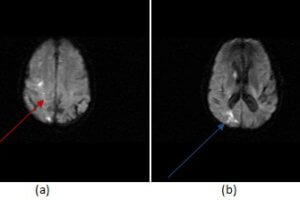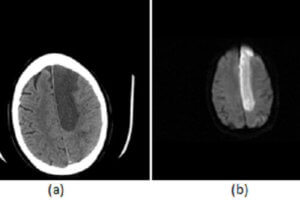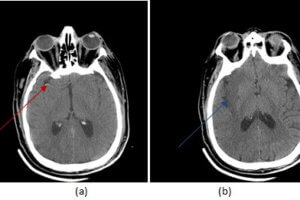
Also known as Von Recklinghausen’s disease, neurofibromatosis (NF) is an inherited neurocutaneous syndrome with systemic manifestations, the most notable of which is the occurrence of multiple neurofibromas. Read more »

Neoplasms of the astrocytes (astrocytomas), are the most common form of primary brain neoplasm. The prognosis for astrocytomas depends on their grade and is better for low grade than high grade neoplasms. Read more »

Herpes simplex virus type 1 (HSV-1) is a prevalent virus with an affinity for the nervous system. Reactivation of the virus within the brain parenchyma either directly or through retrograde spread along... Read more »

The anterior middle and posterior cerebral arteries supply the majority of the cerebral cortex. However, thin regions of brain at the junction of these vascular territories are relatively under supplied by blood... Read more »

The middle cerebral artery is the major supplier of blood to the cerebral cortex. It consists of 4 principal segments, M1-M4. M1 refers to the horizontal course of the artery from its... Read more »

The anterior cerebral artery (ACA) consists of 3 major segments, designated A1-A5 . The A1 segment extends from the middle cerebral artery to the anterior communicating artery (a small artery connecting the... Read more »

Intracranial aneurysms are dilations of the vascular wall. They can be subdivided according to morphology. Fusiform aneurysms are ovoid and elongated, while saccular ones are circumscribed, and spherical. Fusiform aneurysms are less... Read more »

The recent use of intravenous tissue plasminogen activator (TPA) to treat acute stoke has resulted in the introduction of “code strokes” in many emergency rooms, which typically require the coordinated efforts of... Read more »
Answer: D. Acute Infarct. This is an acute embolic non-hemorrhagic right middle cerebral artery infarct visible on CT. There is a hyperdense right middle cerebral artery with subtle loss of grey white differentiation... Read more »

There are three semicircular canals – superior, lateral and posterior. The semicircular canals are integral to maintaining balance and equilibrium with changes in body and head position. Dehiscence of the superior semicircular... Read more »
